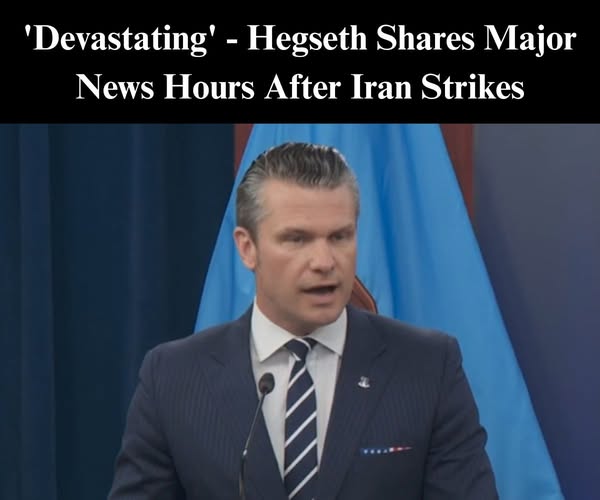In a detailed Sunday morning briefing, Secretary of Defense Pete Hegseth and Joint Chiefs Chairman Gen. Dan Caine outlined the scope and execution of “Operation Midnight Hammer,” a large-scale U.S. military strike targeting Iran’s key nuclear facilities at Fordow, Natanz, and Isfahan. Utilizing B-2 stealth bombers and Tomahawk cruise missiles launched from submarines, the mission involved over 125 U.S. aircraft. Some B-2s flew west as a decoy while others flew east to deliver 16 GBU-57 Massive Ordnance Penetrators, also known as “bunker busters,” designed to destroy fortified underground nuclear infrastructure. Deception and suppression tactics were used to neutralize surface-to-air missile threats and ensure bomber safety. Officials stated the operation deliberately avoided targeting Iranian military personnel or civilians.
Gen. Caine emphasized the tactical sophistication and secrecy of the mission, which began Friday at midnight and lasted 18 hours, with bombers flying under minimal communication to maintain surprise. Cruise missiles struck Isfahan, while the main strike package, consisting of seven B-2s, devastated Fordow and Natanz. Notably, Iran did not fire on retreating U.S. aircraft. Despite the aggressive action, U.S. officials, including President Trump





